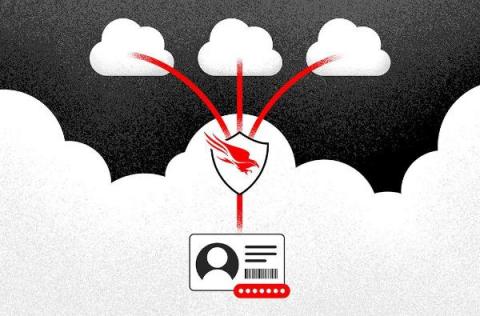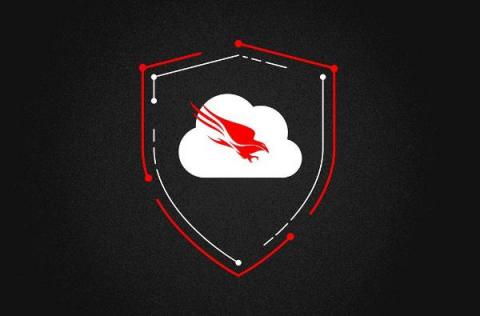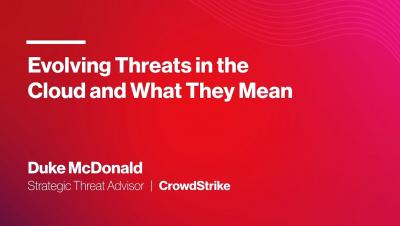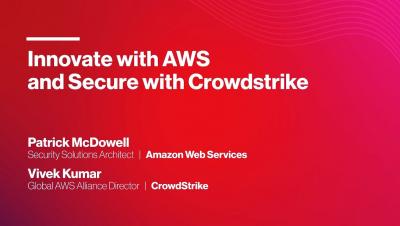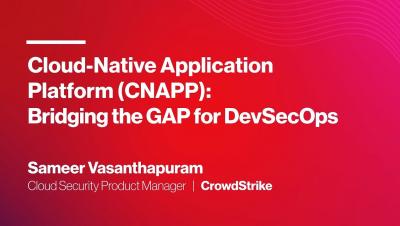CrowdStrike and Google Chrome: Building an Integrated Ecosystem to Secure Your Enterprise Using the Power of Log Management
Organizations today face an onslaught of attacks across devices, identity and cloud workloads. The more security telemetry an organization has to work with, the better threat hunters can contextualize events to find and remediate potential threats. Google recently announced Chrome Enterprise Connectors Framework, a collection of plug-and-play integrations with industry-leading security solution providers.



